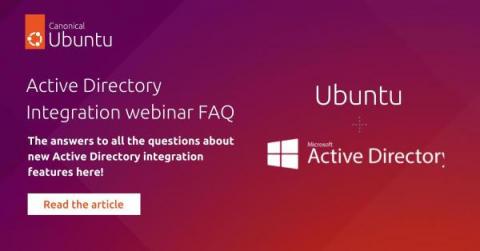What is NoSQL and what are database operators?
In the previous blog, SQL vs NoSQL Database, we discussed the difference between two major database categories. In a nutshell, the main difference between NoSQL and SQL is that NoSQL adopts a ‘right tool for the job’ approach, whilst SQL adopts a ‘one tool for all the jobs’.











